Bats are a general term for animals of the order Chiroptera (scientific name: Chiroptera). In traditional Chinese medicine, they are called Fuyi, Tianshu, Fuyi, Flying Squirrels, Chuanqi, Xianshu, Yingyan, etc. At present, there are 21 families, 234 genera and 1,399 species of bats in existence. They are the only group of mammals that have the ability to fly actively. Bats are widely distributed all over the world, but are rarely seen in the polar regions and some isolated islands in the ocean.
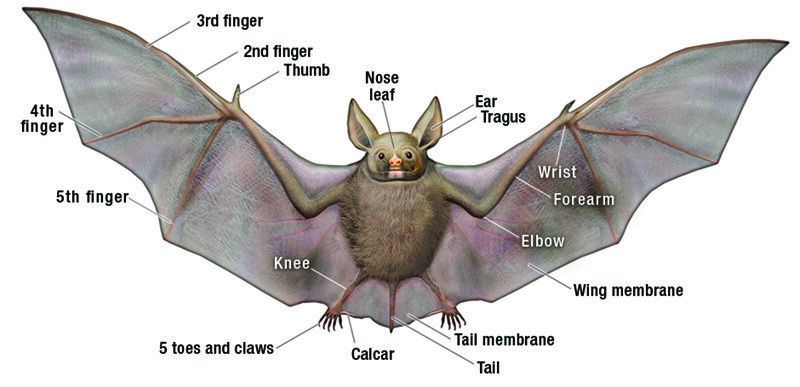
Bats are not only the natural enemies of many pests, but are also considered the natural hosts of zoonotic pathogens. Scientific research shows that bats carry a huge number of zoonotic viruses, including Ebola, Marburg, Nipah, and Middle East respiratory syndrome, all of which are related to bats.
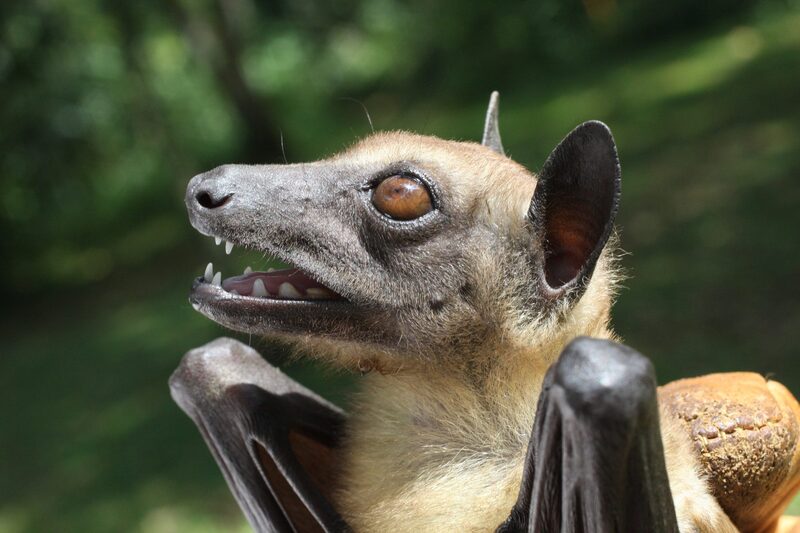
The following are the top ten most dangerous bat species in the world, including flying foxes, horseshoe bats, tomb bats, vampire bats, and hoofed bats. Let's take a look at these mysterious and dangerous species.
1. Flying bats
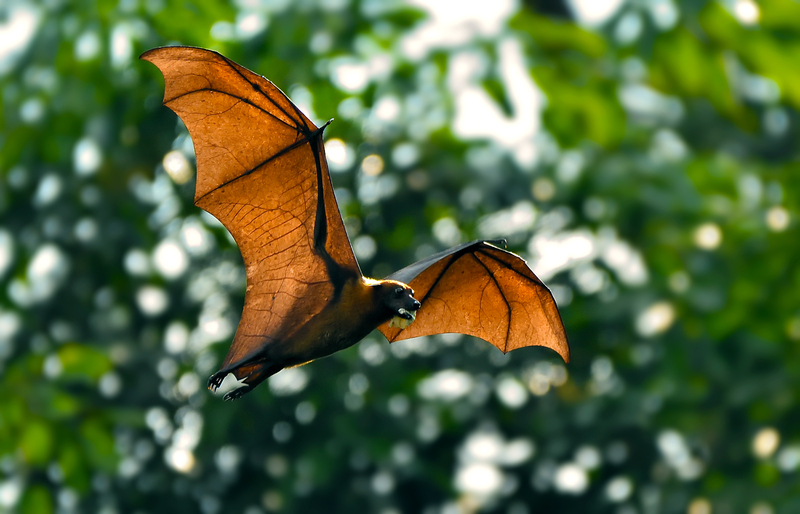
Flying bats, also known as fruit bats and big bats, are named for their fox-like heads and slender muzzles. Flying bats are one of the largest bats in the world, with a wingspan of more than 90 cm. They hang upside down on tree branches in groups during the day to rest, and go out in groups at night to forage for wild fruits and stamens, thus causing great damage to orchards.
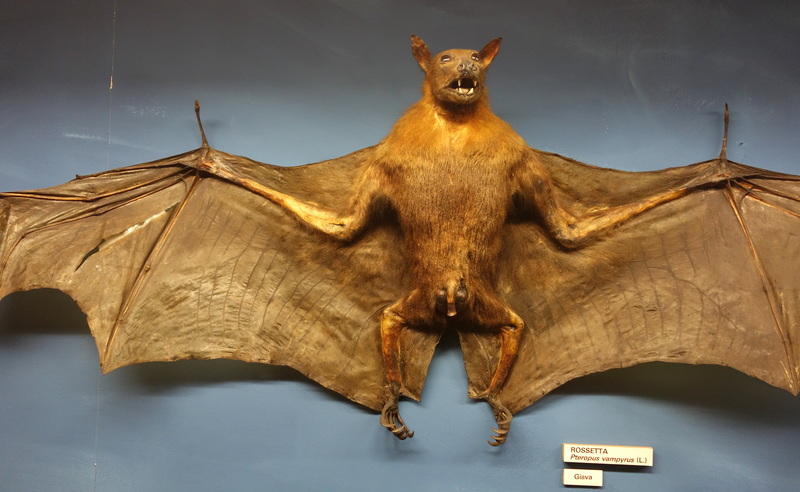
Studies have shown that flying bats are carriers of many viruses, including Nipah virus, Hendra virus and Ebola virus. It can be said that flying bats are closely related to the spread of these highly pathogenic viruses, so it is no exaggeration to regard them as the "most dangerous bats".
2. Rhinolophus
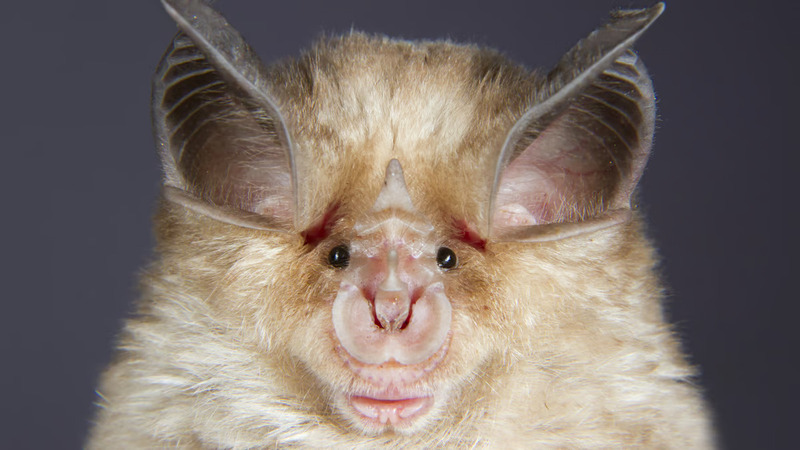
Rhinolophus is significantly different from other bat species due to its unique and complex leaf-like protrusions on its face. They mainly feed on insects and their larvae, usually live in groups in caves, and often share habitats with other horseshoe bats and horseshoe bats. In winter, horseshoe bats hide deep in caves to hibernate.
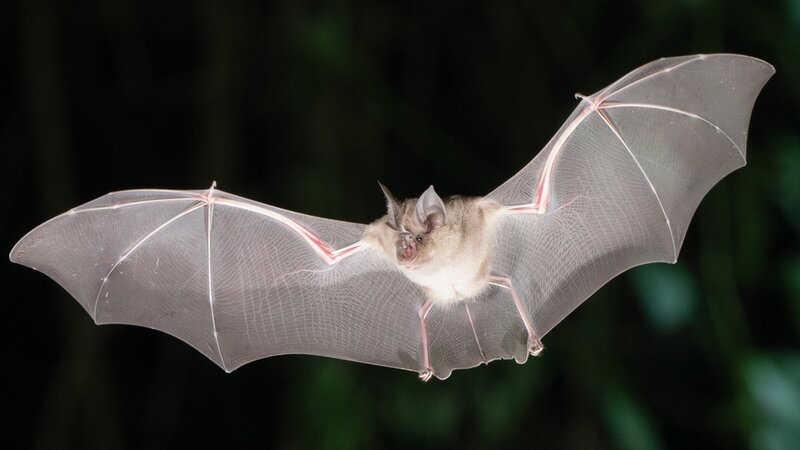
Rhinolophus is considered one of the most dangerous bats in the world because it is an important host of many animal-borne viruses such as rabies virus, Nipah virus, and Hanta virus. Researchers have successfully isolated a SARS-like coronavirus that is highly homologous to the SARS virus in Chinese horseshoe bats, further proving its important role in the virus transmission chain.
3. Tomb bats
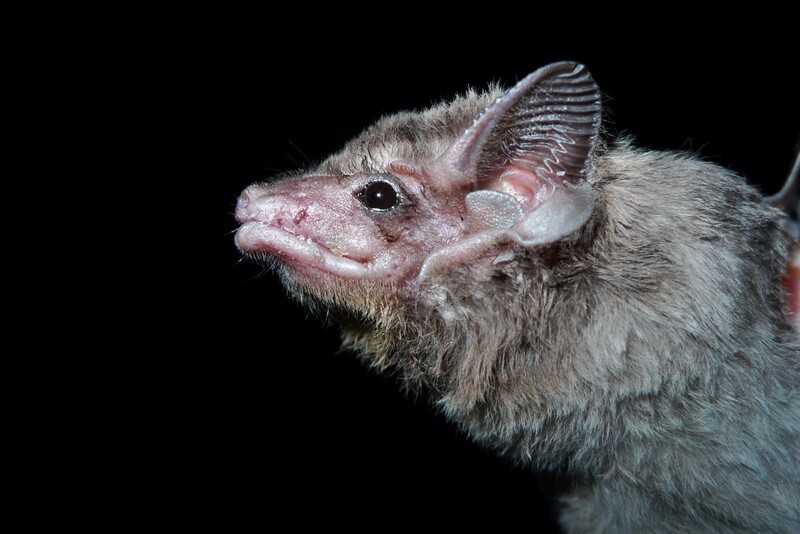
Tomb bats belong to the family of the order Chiroptera of the class Mammalia. They are extremely threatening bats, and their name alone is chilling.
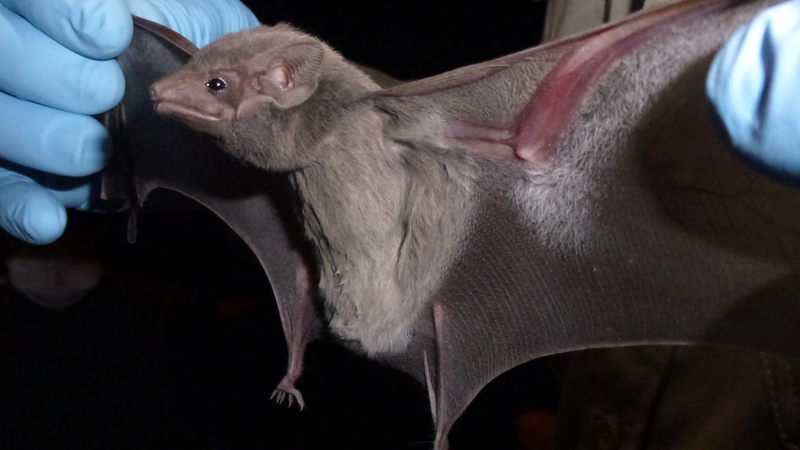
In 2012, an unidentified coronavirus was first discovered in Saudi Arabia and quickly spread to other Middle Eastern countries. The World Health Organization subsequently named it "Middle East Respiratory Syndrome" (MERS). Since then, researchers have detected the MERS virus in Egyptian tomb bats, so it is speculated that tomb bats may be the original host of the virus.
4. Vampire bats
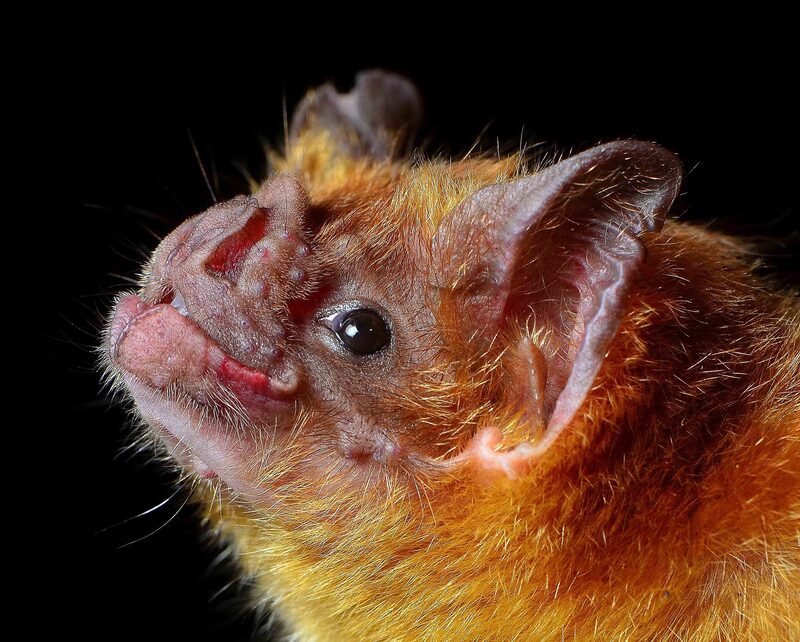
Vampire bats are veritable "blood suckers" and use blood as their only food source. Each vampire bat can suck more than 50% of its own body weight every night. For example, a vampire bat weighing 34 grams can suck about 18 grams of blood every night.
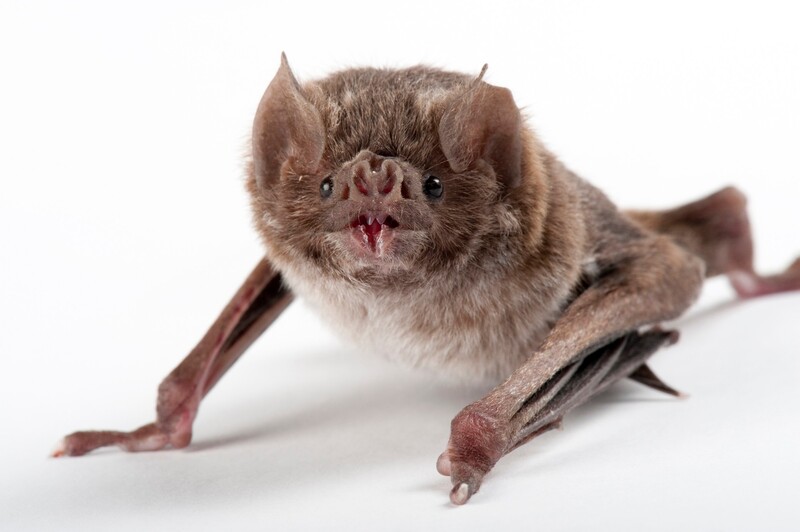
The reason why vampire bats can suck blood smoothly is that their saliva contains anticoagulant components, which can delay the blood coagulation process and make the sucking process smoother. However, these bats are not only blood suckers, but also carry the deadly rabies virus. Once a human is bitten by a vampire bat, the chance of contracting rabies is much higher than the incidence rate after being bitten by a cat or dog.
5. Hippocampus
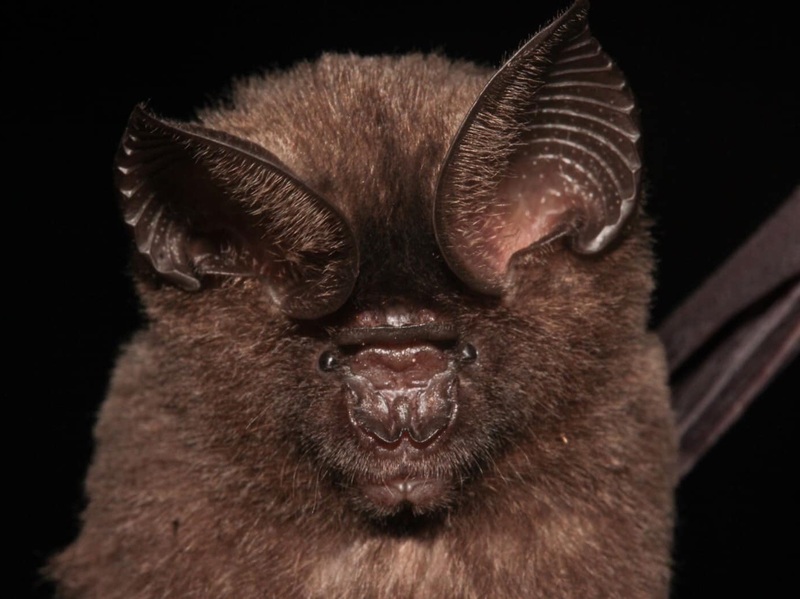
Like horseshoe bats, the horseshoe bats have horseshoe-shaped nose leaves on their noses, but their structure is relatively simple, without the complex and delicate protrusions of horseshoe bats. Hippocampus feed on various insects and often gather in large groups in caves. Some horseshoe bats have adapted to live in human settlements and are large in number. Because they prey on a large number of pests, they are considered an important part of the ecosystem.
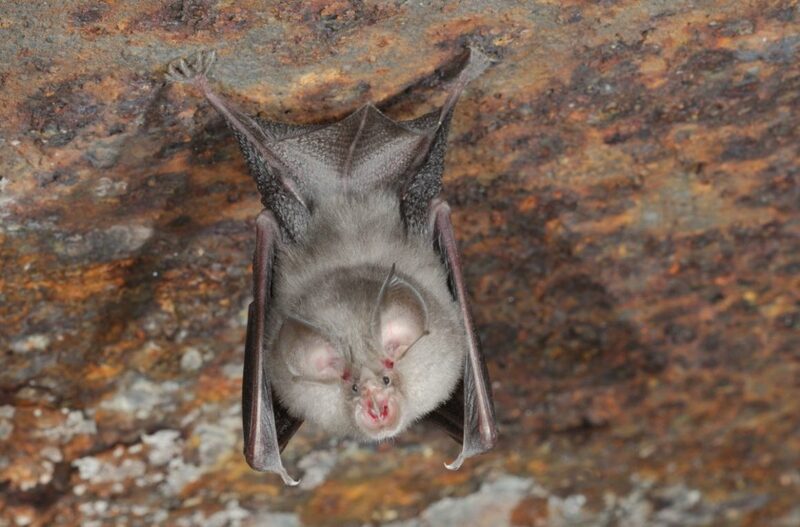
However, like most bats, horseshoe bats also carry a variety of viruses. According to researchers, coronaviruses highly similar to the new coronavirus have been isolated from horseshoe bats. Its degree of danger can be seen.
6. Free-nosed bat
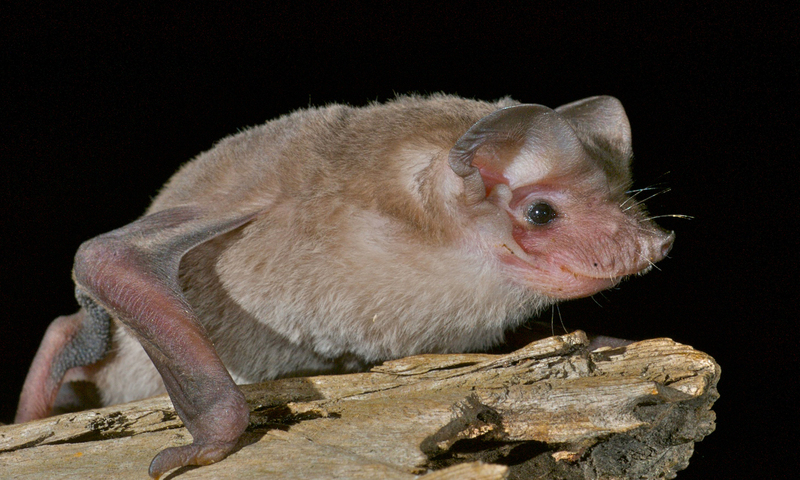
Free-nosed bat, also known as wrinkled-lipped bat, is a bat species widely distributed in tropical and subtropical regions. Most free-nosed bats are highly gregarious and often form large groups, living in caves, tree holes and even buildings. They mainly feed on insects such as moths and beetles, and are one of the important pest predators in nature.
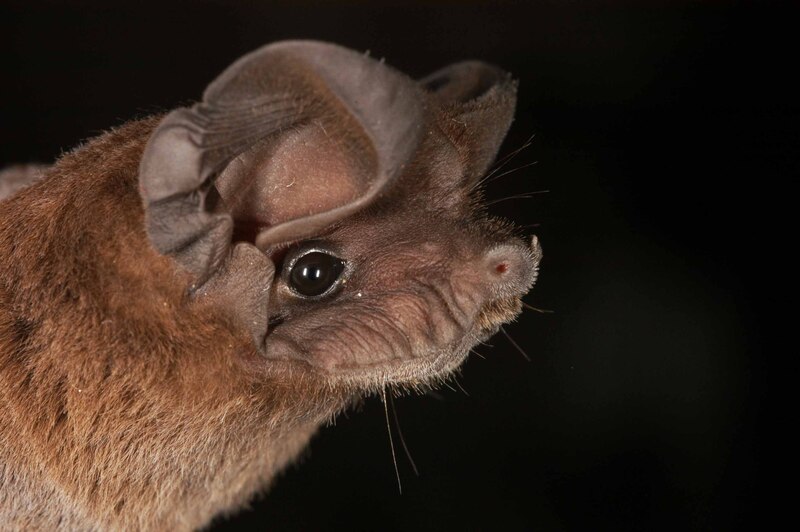
However, free-nosed bats are also regarded as a very threatening bat species. According to research by the Robert Koch Institute in Germany, a bat called the "Angora free-nosed bat" may be the main host of the Ebola epidemic in Africa. This research result has been published in the authoritative journal "EMBO Molecular Medicine".
7. Brown Mountain Bat
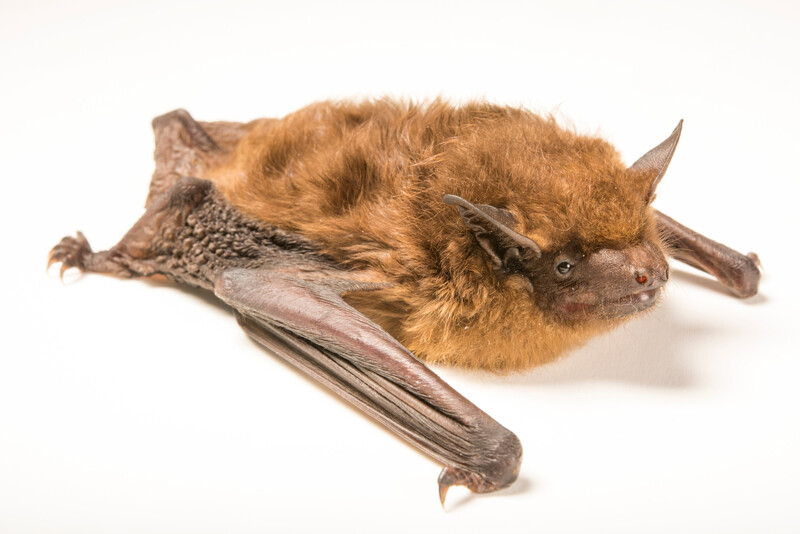
Brown Mountain Bat, also known as Night Bat or Mountain Bat, is a medium-sized bat of the family Batidae. They usually live in groups in tree holes or cracks in abandoned buildings during the day, and fly into the woods at night to prey on flying insects. Sometimes they also move around near villages, especially eating fruits and vegetables and mosquitoes.
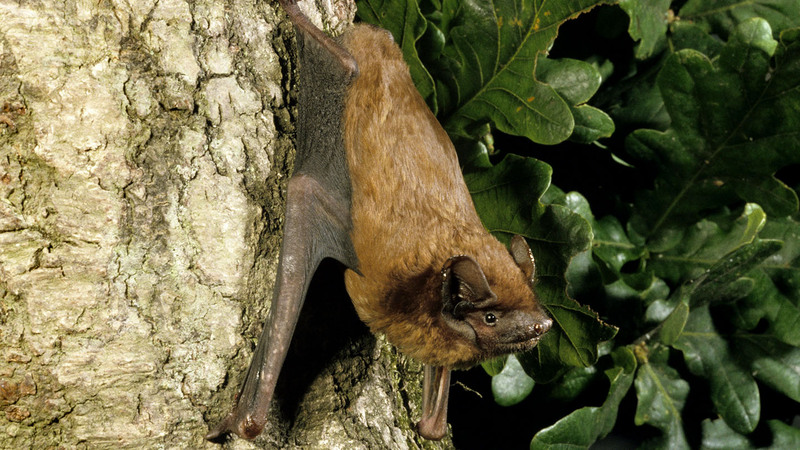
However, Brown Mountain Bat carries rabies virus and is a potentially dangerous bat. Therefore, it is recommended that people try to avoid contact with this type of bat to reduce the risk of infection. However, as long as they do not actively contact them, they generally do not pose a threat to humans.
8. Leaf-nosed bat
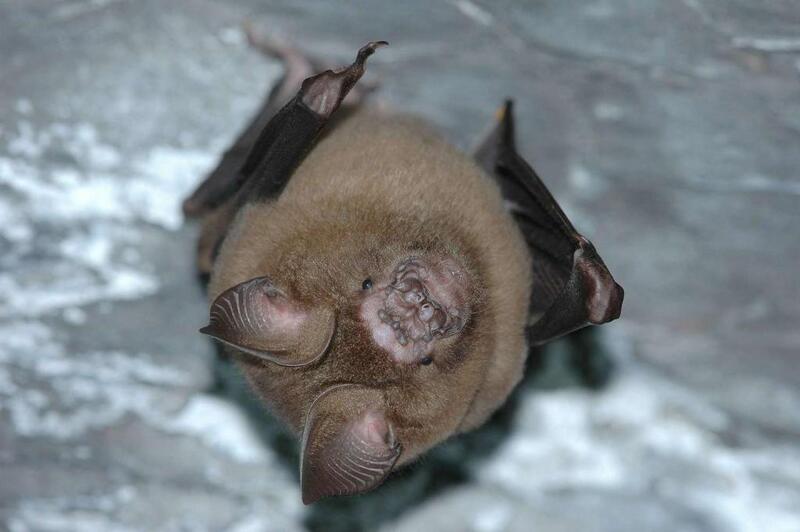
Leaf-nosed bat is a type of bat in the family Phyllostomidae, named for its leaf-shaped nose. Their body color is mostly black-brown or yellow-brown, with a lighter belly. Leaf-nosed bats mainly live in caves, artificial buildings or bridges at medium and low altitudes, and mainly feed on insects such as mosquitoes and moths.
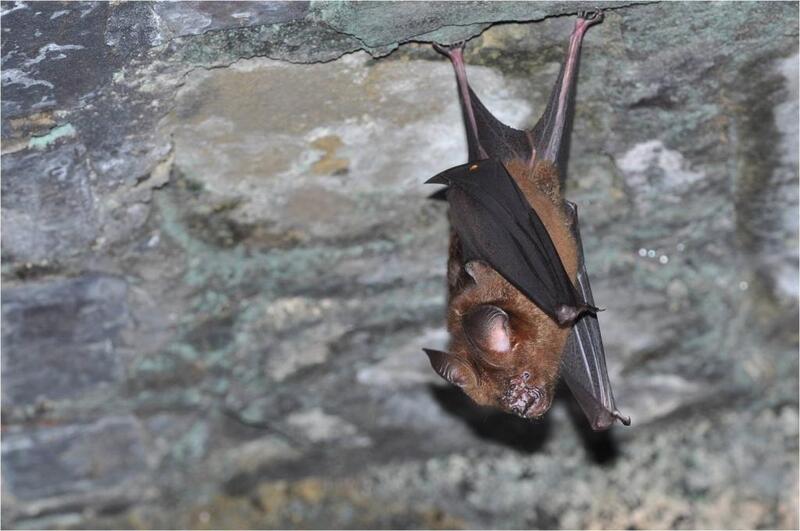
Like most bats, leaf-nosed bats carry a variety of viruses. According to researchers, a virus called "Shimoni bat virus" was isolated from the Commerson leaf-nosed bat in Kenya. This virus belongs to the Lyssavirus family, which is one of the rabies viruses commonly known as rabies. Therefore, although leaf-nosed bats play an important role in controlling insects in the ecosystem, humans still need to keep a proper distance and avoid direct contact with them.
9. Brown bat
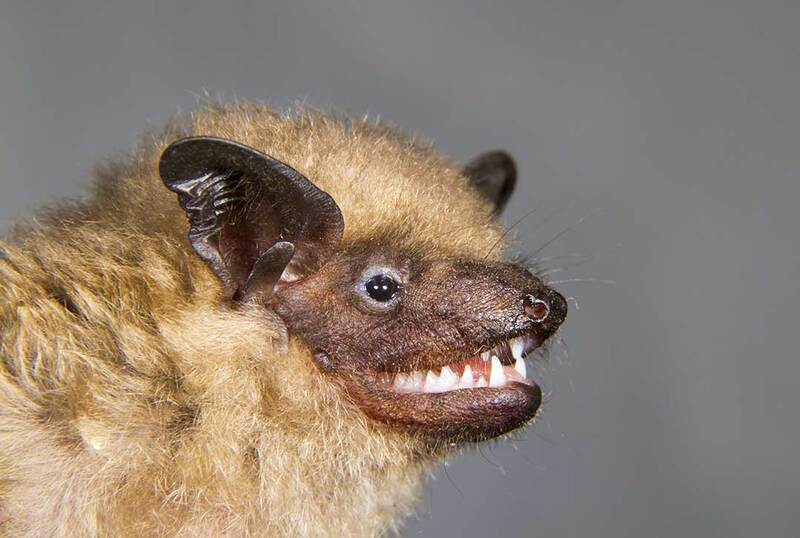
Brown bats are a general term for the Myotis and Brown bats of the family Batidae. They are widely distributed around the world and are one of the most widely distributed terrestrial mammals besides humans. Brown bats are known for their amazing "sleepiness" characteristics. They sleep up to 20 hours a day and are only active for about 4 hours at night.
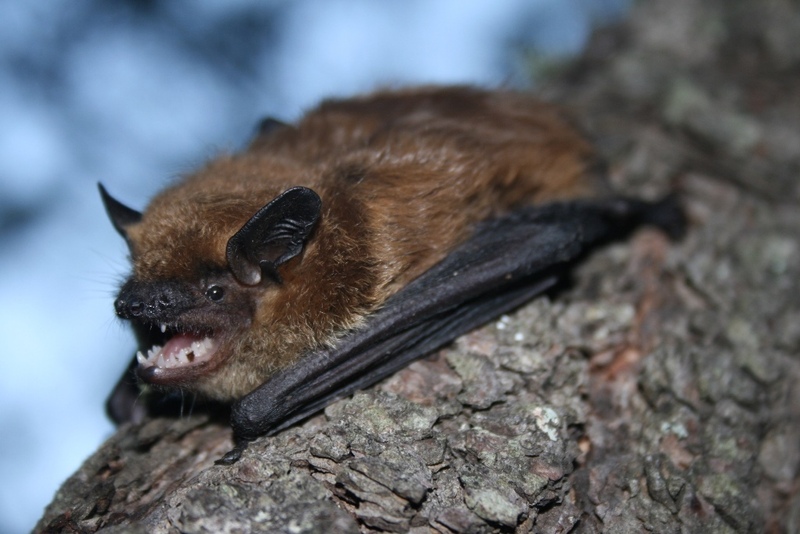
Like most bats, brown bats also carry a large number of viruses. In 2011, researchers detected a virus named "Zulu Brown Bat Coronavirus" in fecal samples of Zulu Brown Bats in South Africa. Studies have shown that this virus is one of the types of known coronaviruses that is most closely related to the Middle East Respiratory Syndrome Coronavirus (MERS-CoV).
10. Long-winged bats
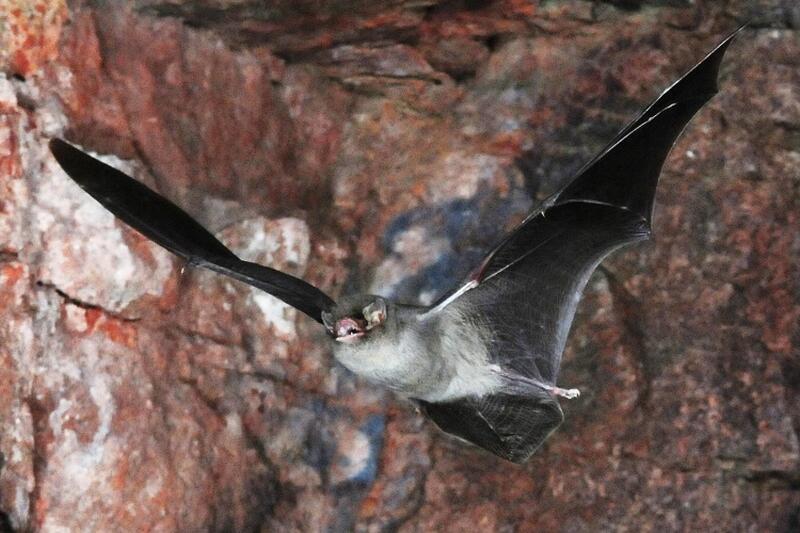
Long-winged bats are a type of small bat belonging to the genus Long-winged Bat of the family Batidae, usually living in caves and buildings. They are small in size, with short and wide ears, short and dense hair, and slender tragus but only half the length of the ear. Long-winged bats are widely distributed, with a wide variety of species, and most of them carry viruses.
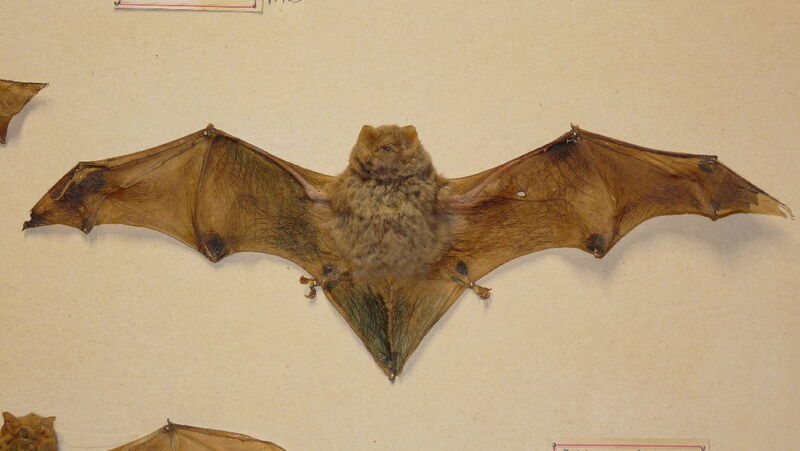
In 2005, researchers first discovered a virus called "Long-winged Bat Coronavirus HKU8" in the southern long-winged bat, which belongs to the genus Alphacoronavirus. Since then, scientists have also detected this virus in the Guinea long-winged bat and the East Asian broken-winged bat.
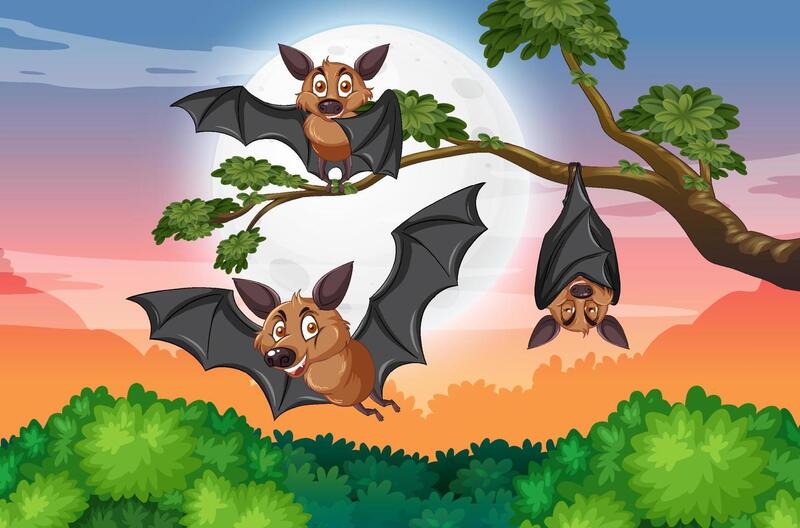
The world's top ten most dangerous bats are mainly based on the viruses that each bat may carry, and are summarized in combination with relevant Internet lists. Due to the uncertainty of the data source (as of January 16, 2025), it is for reference only. If there is more scientific data, please provide feedback at the end of the article.
animal tags: bats
We created this article in conjunction with AI technology, then made sure it was fact-checked and edited by a Animals Top editor.